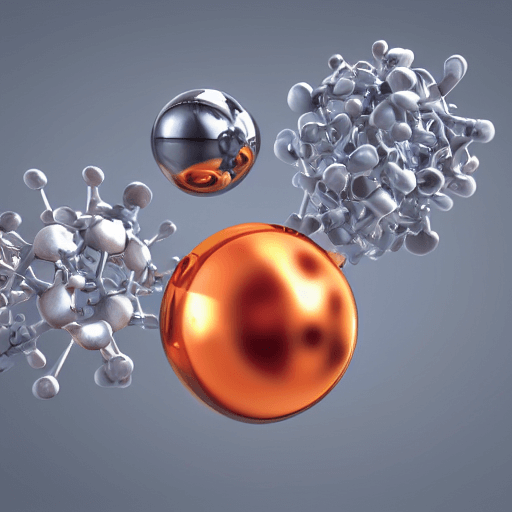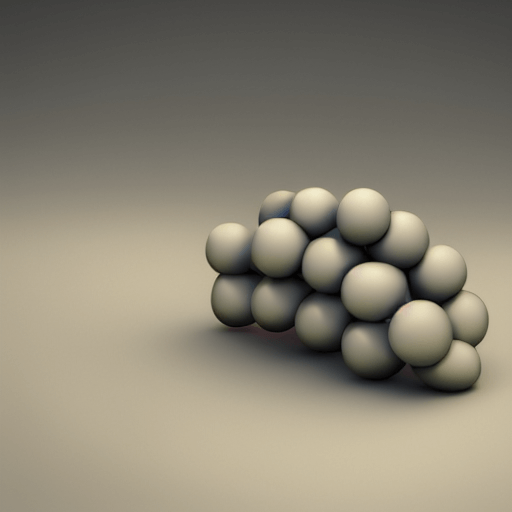How do you determine the valency of the element, chlorine?
In order to understand what the valency of chlorine is, we must first understand what it means to be valent.
The valence of an atom is the number of electrons that it has in its outermost shell.
Chlorine has a valency of 1.

Explain It To A Child
Chlorine usually forms one bond with another atom. Chlorine is found on the periodic table in groups 1-17. It is a highly reactive nonmetal that can gain or lose electrons when it bonds.
This means that it can form one bond with another atom, which is why it’s often found as part of chlorine gas, Cl2.
What is the valency of chlorine?
The valency of chlorine is 1. This means that it will usually form 1 bond with another atom.
Chlorine is found in groups 1-17 on the periodic table and is a highly reactive nonmetal.
When it forms bonds, it usually does so by gaining or losing electrons.
For example, when chlorine reacts with sodium, it gains an electron to form sodium chloride (table salt). Similarly, when chlorine reacts with potassium, it again gains an electron to form potassium chloride.
However, when chlorine reacts with magnesium, it loses an electron to form magnesium chloride.
In all of these cases, the valency of chlorine is 1.

How does the valence of chlorine affect its chemical properties?
The valence of chlorine affects its chemical properties in a few ways.
- Perhaps most importantly, it determines how readily the element forms compounds with other elements. For example, chlorine has a valence of -1 when it forms chloride ions, and a valence of +1 when it forms chlorate ions.
- The valence also affects the strength of the bond between molecules in a compound. In general, compounds with a higher valence are more stable than those with a lower valence.
- Finally, the valence of an element can affect its reactivity. For example, chlorine is much more reactive than sodium, even though they are both in Group 7 of the periodic table.
This is because chlorine has a higher valence than sodium.
As a result, it is able to form stronger bonds with other elements, making it less stable and more likely to undergo chemical reactions.
Examples of where we see chlorine’s valence in action

Chlorine’s valence is often put to good use in everyday life.
For instance, when household bleach is used to disinfect surfaces or whites, the valence of the chlorine helps to break down dirt and stains.
Chlorine is also added to many public water supplies as a way to purify the water and kill any harmful bacteria.
The valence of chlorine allows it to bond with water molecules, creating a safe and clean product that can be used for drinking, cooking, and cleaning.
In swimming pools, the valence of chlorine helps to keep the water clean and free of bacteria.
By bonding with impurities in the water, chlorine helps to make pool water safe and refreshing. These are just a few examples of where we see chlorine’s valence in action.
The benefits of understanding the valency of chlorine
One of the benefits of understanding the valency of chlorine is that it allows for the prediction of how chlorine will behave in a chemical reaction.
For example, if chlorine has a valency of 1, it will lose an electron to form a cation.
Conversely, if chlorine has a valency of -1, it will gain an electron to form an anion.
Additionally, the valency of chlorine can be used to determine the charge on a chlorine atom in a compound.
For instance, if chlorine has a valency of -1 in a compound, the overall charge on the compound will be -1.
In summary, the valency of chlorine is a useful tool for predicting the behavior of chlorine in chemical reactions and for determining the charge on chloride-containing compounds.
How can you tell if a molecule of chlorine has a negative or positive valence?
Chlorine is a member of the halogen group, which are all of the nonmetallic elements that exist as diatomic molecules at standard temperature and pressure (STP).
All diatomic molecules have a valence of zero because they are stable by themselves.
The valence of chlorine can be either negative or positive, depending on what it is bonded to.
- When bonded to a more electronegative element, such as oxygen, it will have a negative valence.
- When bonded to a less electronegative element, such as sodium, it will have a positive valence.
You can determine the valence of chlorine by looking at the periodic table and seeing which elements it is bonded to.
Therefore, we can conclude that the valency of chlorine is 1.
Article Sources
Jacks of Science sources the most authoritative, trustworthy, and highly recognized institutions for our article research. Learn more about our Editorial Teams process and diligence in verifying the accuracy of every article we publish.
